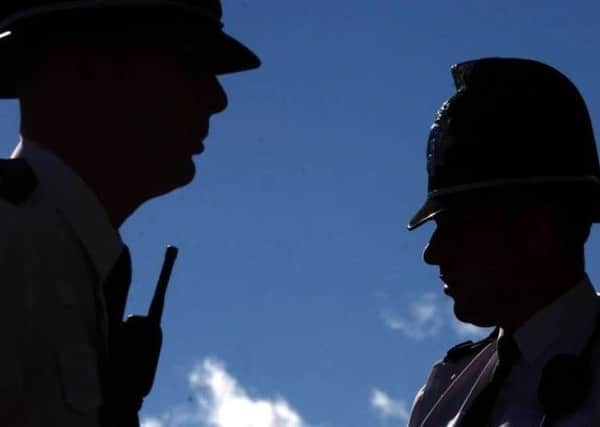Guiding Leeds teens away from gangs: '˜Communities can play vital role'


It is for this reason that officials leading the Ending Gang and Youth Violence programme in Leeds are quick to point out it takes more than police intelligence and council services.
Speaking to the YEP for the second of three special reports, senior council officer Shaid Mahmood said it was crucial to learn from and involve the communities where teenagers are at risk of being drawn into gangs.
Advertisement
Hide AdAdvertisement
Hide Ad“Children and young people only spend 20 per cent of their time in school,” he said. “The rest of the time they’re mucking around in the streets where they live. The sharing of intelligence and the use of credible voices in communities is absolutely key.”
The city’s strategy, which focuses mainly on Chapeltown and Harehills, aims to break the link between ‘peer groups’ potentially involved in low level criminality and the organised crime groups dealing drugs.
Growing up in Manchester, Shaid – now Leeds City Council’s chief officer for communities – was part of a gang of teenagers all from a Pakistani background that would today be described as a peer group.
“Did it always result in us displaying criminal behaviour? Not really,” he said. “The gang was really that social network. It’s normal for young people to get together from a particular neighbourhood or community. It does not always result in disorder or criminality.”
Advertisement
Hide AdAdvertisement
Hide AdHe views the ages of eight to 13 as a key time for preventative work and drawing young people towards the youth groups and sports clubs that can provide a more positive outlet.
“There are youngsters whose lives have been quote chaotic in terms of their family environment,” he said. “Often the stability comes from a PCSO or a local community centre or organisation that’s coaching people in sport.”
He said the teenagers on a trajectory for being targeted by a gang are often those who might find themselves not into education, work or training.
These are the youngsters who could be offered more intensive support through council services, but where there is earlier intervention it might not become necessary.
Advertisement
Hide AdAdvertisement
Hide AdShaid said: “How do we test the success of the preventative strategy?
“There’s stuff that will be dealt with just because we have good relationships in place.
“A lot of people would never come to the attention of the police because the strategy is working.”